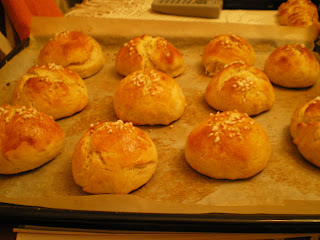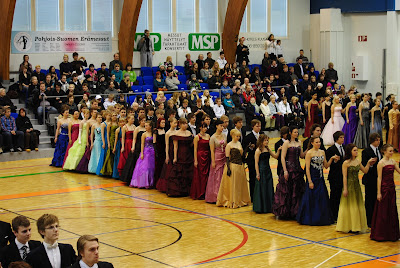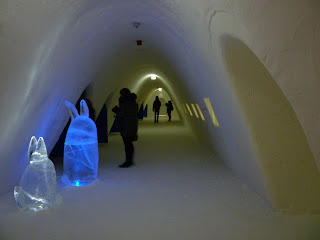Something very typical are summer cottages. In Finland there are about half a million of them. For most people it's a place to hide away from the hustle in the city. Summer cottages are most likely located on a lake or the sea and somewhere near a forest. There people can go fishing or swimming, row a boat or have barbecues with friends and family.
A special thing about our finnish summer is that it doesn't really get dark during the nights. Around the 20th June we have Juhannus, which is our midsummer celebration. Then, the sun doesn't set at all and it's usually the warmest time of the year. Many like to spend juhannus at their cottages and go to the sauna at night and swim, for example. On a sunny day it can be as hot as +30 degrees, but usually the temperature is lower than that.

A big part of summer, specially for young people are rock festivals. There are dozens of festivals all around Finland.There are different festivals for different kinds of music, the genres range from the metal music festival Tuska(Finnish word for agony) to jazz festival called Pori Jazz. The one in Oulu is called Qstock. Festivals usually last for two or three days and are held in open-air places like parks. Students also like to have a summer job during the summer.
Many Finns travel abroad in summer, especially our neighbours Estonia and Sweden are popular tourist locations. You can go for example on a cruise from Helsinki to Tallinn, stay in Tallinn for few hours and come back to Helsinki on the same day.
Finland has beautiful archipelago on the south coast and the biggest island group is the Åland islands. Åland belongs to Finland but it's people are Swedish-speaking. Åland is demilitarised and autonomous so it has its own laws compared to Finland, although they have to be in line with the Finnish ones. Becoming a resident of the Åland islands is very hard but luckily we can always visit this lovely island.And yes, we do have some mosquitoes but we have our methods to live with them :)
All in all, Finnish people tend to relax during summertime and wait anxiously for the warm summer days during the cold months of winter. Even if one isn't going anywhere for a holiday the towns are full of terrace cafés and parks for people to enjoy and spend their time in. (Photo credits: Google)
Best regards,
Viola and Tarja
























